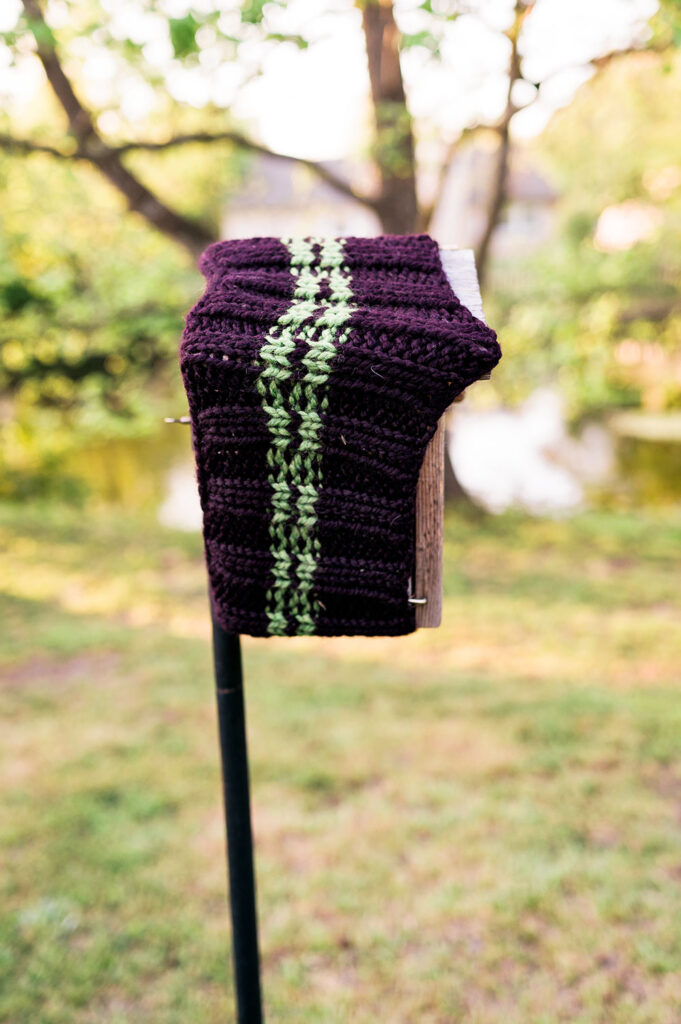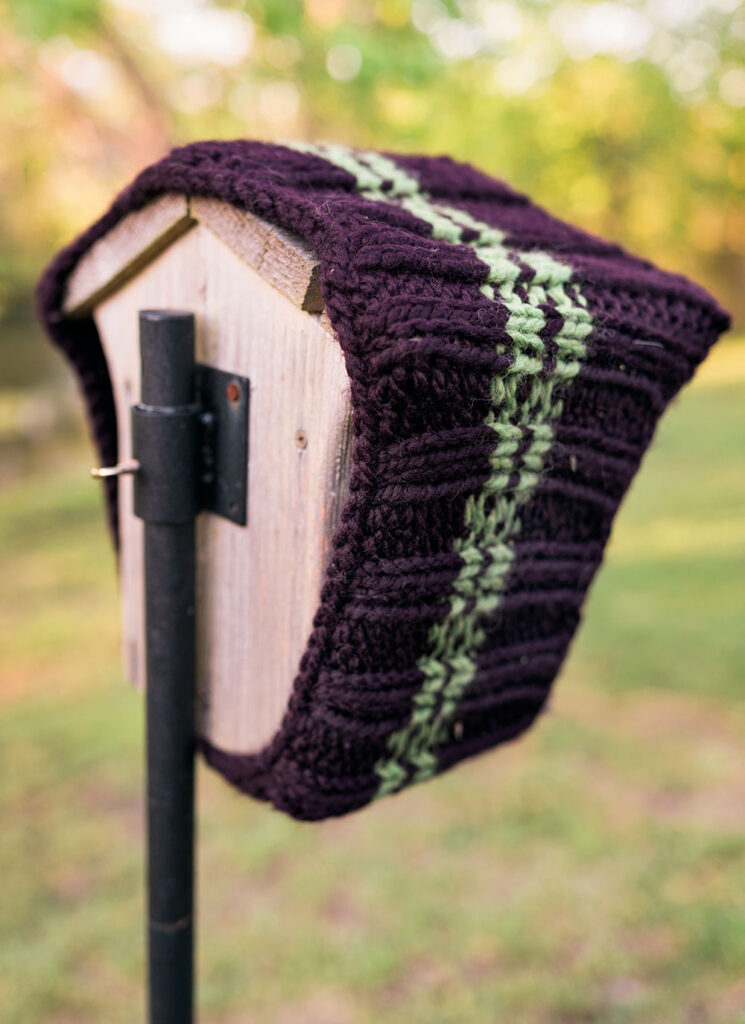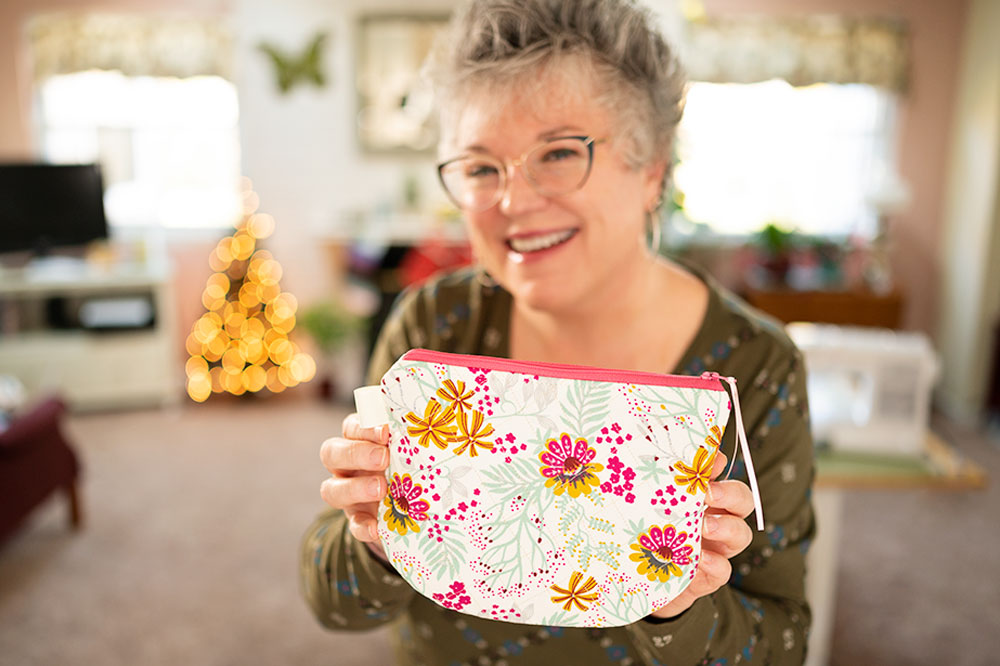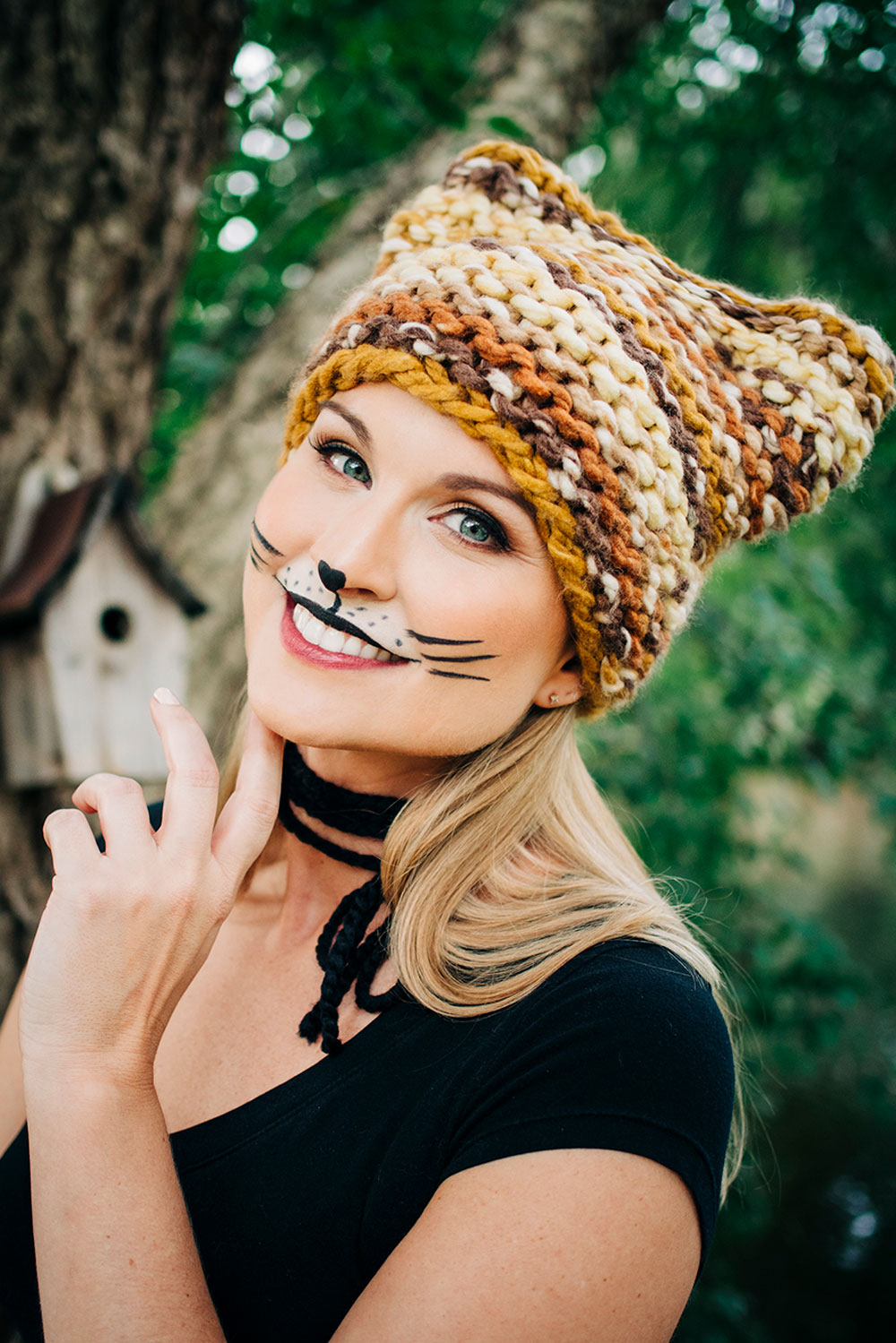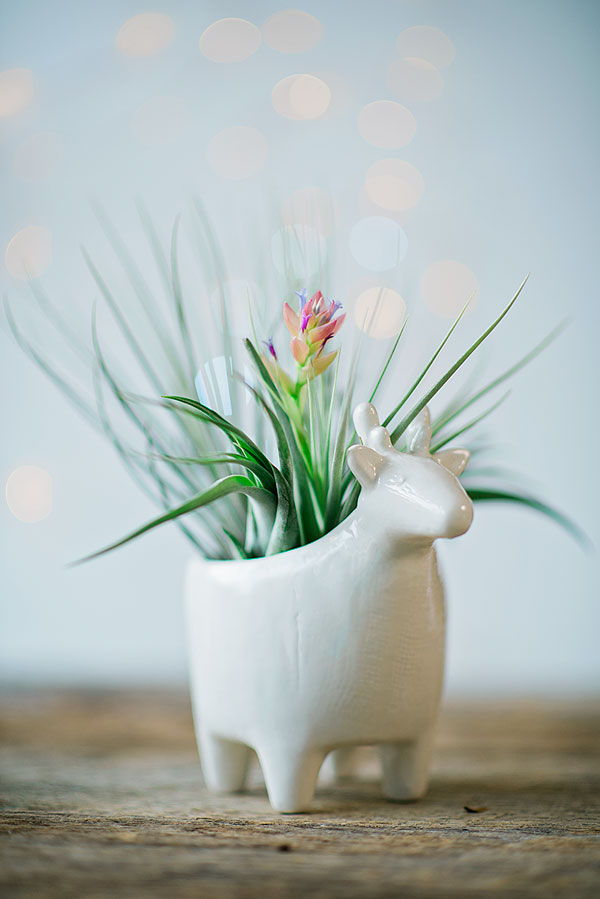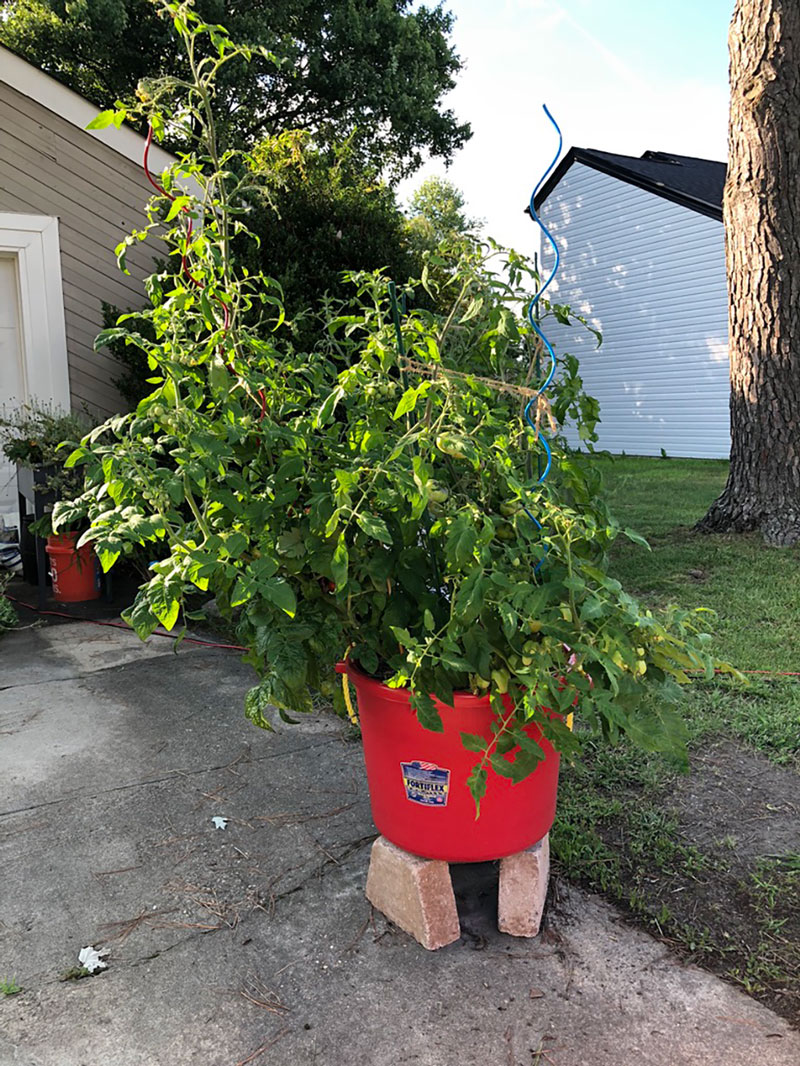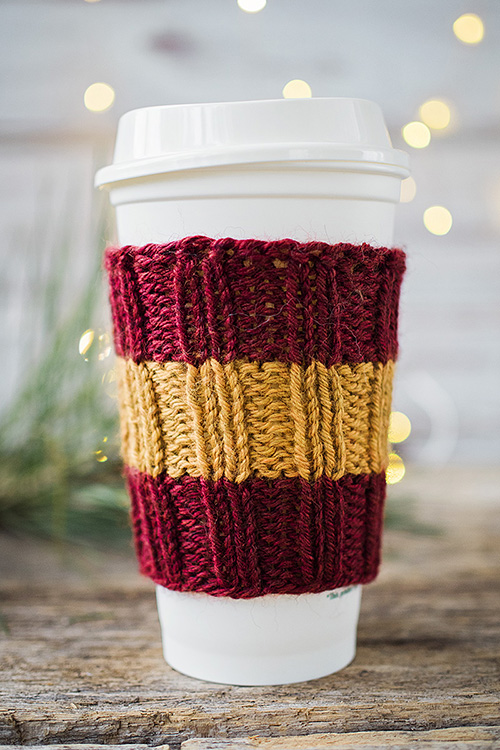How to help Bluebirds
Learn how to help Bluebirds and keep baby birds warm in a late cold spell.
Sometimes we all need a little extra help. Life happens. Things get complicated. And then we find ourselves in a bit of a pickle.
Bluebirds are no different.
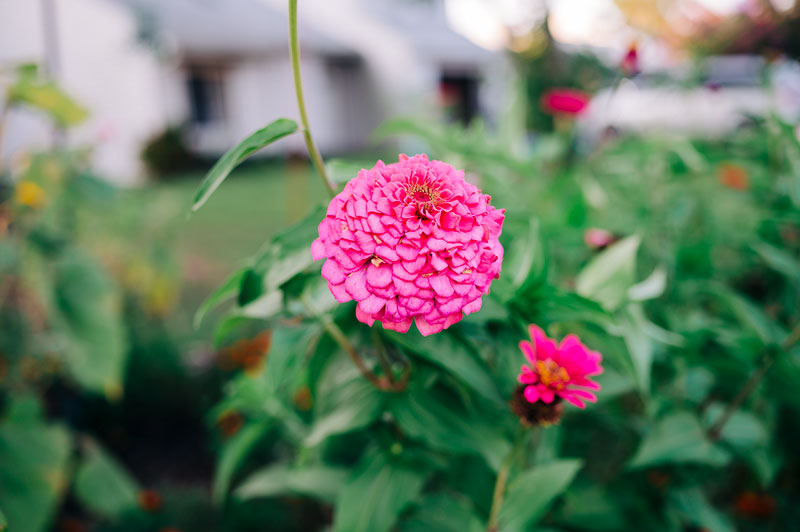
Just like you, and just like me, sometimes wildlife needs a little boost. Here’s how to help Bluebirds & keep baby birds warm in a late cold spell.
When you hear the term gardening, do you immediately have visions of grand vegetable plants with climbing trellises producing bushels of snap peas and cucumbers? That’s all well and good, but a garden can also be a ceramic pot bursting with zinnias and marigolds.
Did you know you can help Bluebirds with a small garden and a little simple knitting?
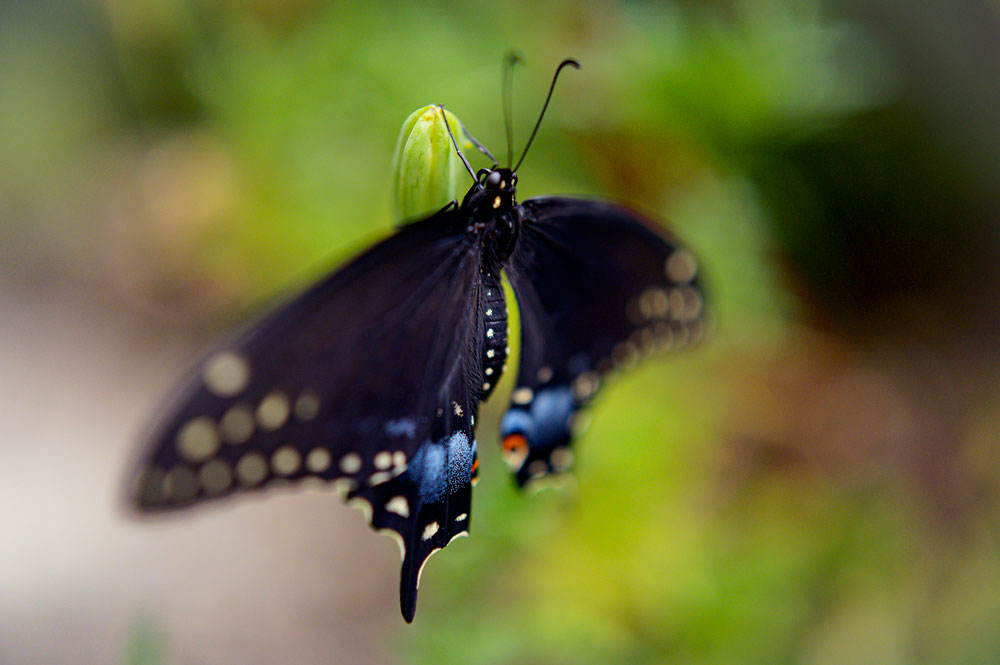
Last year I assisted 75 Black Swallowtail Butterflies and 20 Monarch Butterflies to safely feed and emerge from their chrysalis.
By offering clean water, a food source, and a nesting box or two, a home gardener can create a friendly habitat to birds (and butterflies).
If you have a little bit of green space, it could go a long way towards helping the bluebird population. If you do want to help Bluebirds, it is important to minimize insecticide usage, because Bluebirds eat insects. So we need to be really careful about how we treat for pests and what we put on our lawns.
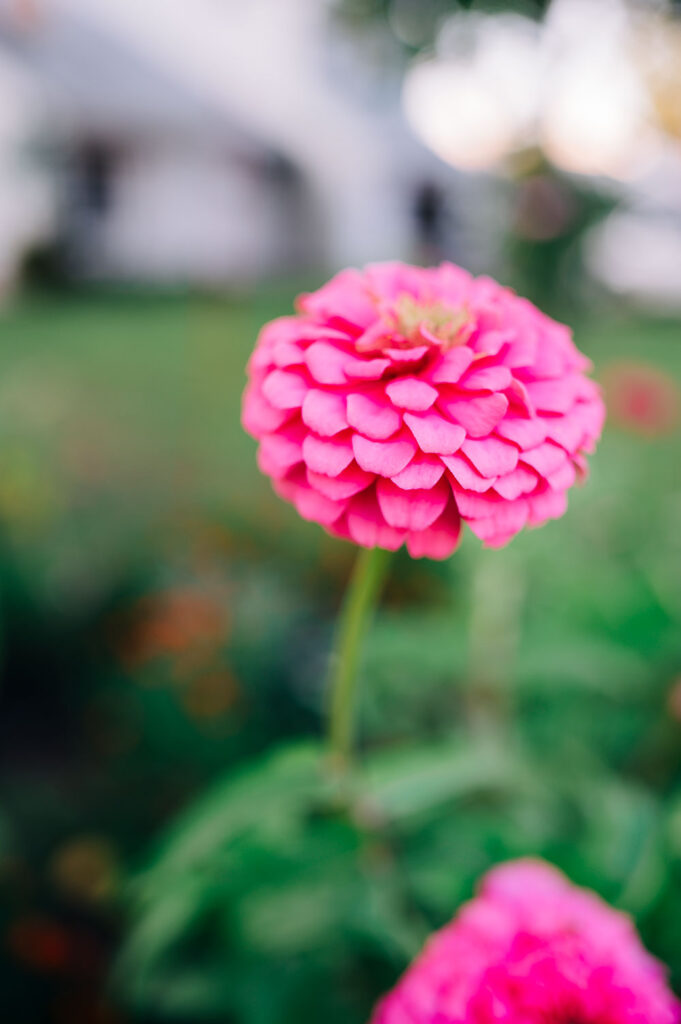
Bluebirds also require a very particular bird house. I purchased mine in the birding store, but if you are handy, you can build your own using these plans. The size and shape and is very important. It mimics the tree cavities that the birds seek in the wild.
In our zealousness, humans remove old and dead trees, but this is perfect nesting habitat for many species of birds. And so helping wildlife along by placing nesting boxes, especially in an urban setting, is both rewarding for you, the gardener, and for nature as we replace some of what we removed.
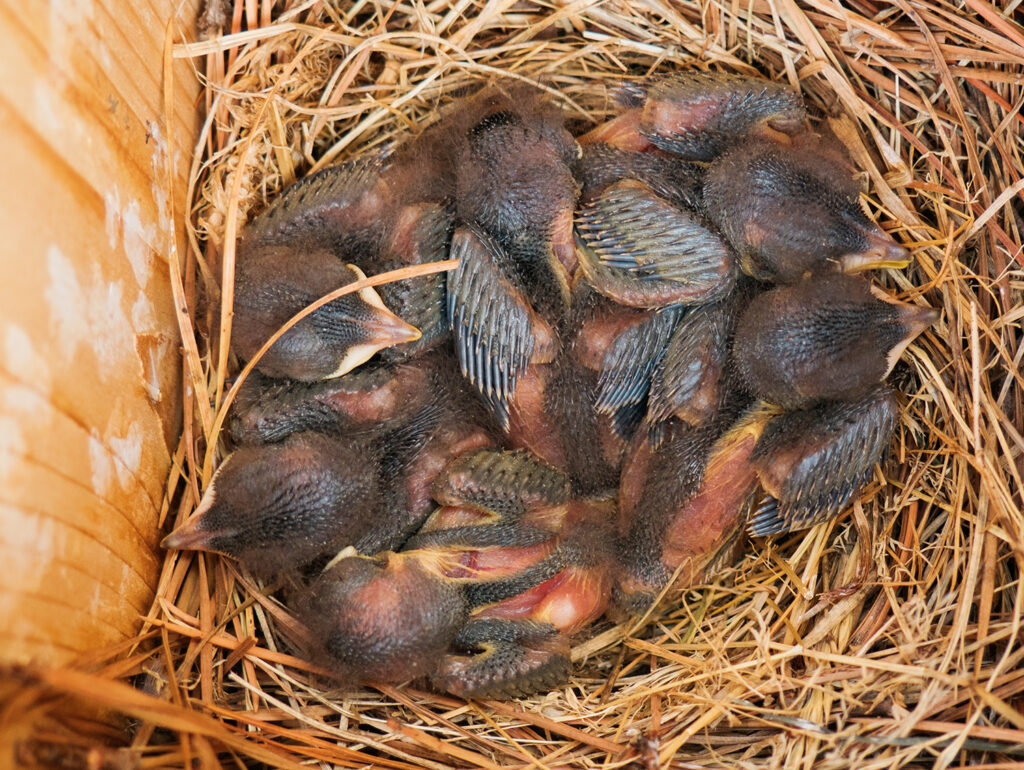
Which leads to today’s story.
I started gardening for wildlife in my suburban garden setting about 5 years ago, and it became my favorite summer hobby.
Learning how to help bluebirds is what got me excited about planting for wildlife.
I started with my interest in birds and it quickly grew to include butterflies. When I took my Master Gardener training with the city of Virginia Beach, I knew that studying Urban Wildlife Management would become a passion for me.
Urban Wildlife Management is not just learning about coyotes and deer and how our encroachment impacts their habitat.
Or why Black Bears turn up in middle of a heavily populated Oceanfront area. It can be as simple as planting Milkweed for Monarch Butterflies, parsley for Black Swallowtails, or offering dried mealworms to feed Bluebirds.
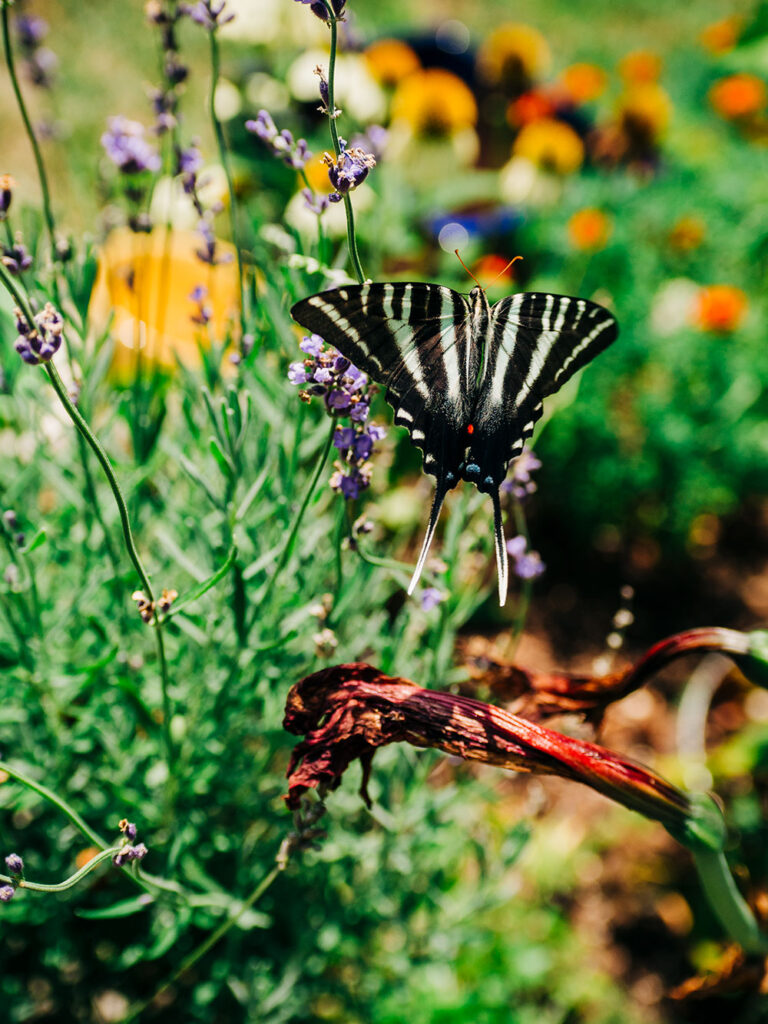
When I placed my first nest box, Bluebirds immediately took up residence in the back garden. I put out fresh water for them as well at their favorite food source, dried mealworms. Right away, we had baby birds. It was an amazing experience.
We had nests with as many as 6 babies, and it became common to have 3 different clutches of eggs every season That allowed 15 to 18 new Bluebirds into the ecosystem every year.
One year, I saw all the baby birds from one brood as they fledged. Some babies were not as confident and Momma bird would fly around to show them how it was done. And then when they mustered enough courage and leapt from their nesting box, they found the summer breeze under their wings. They could fly, too!
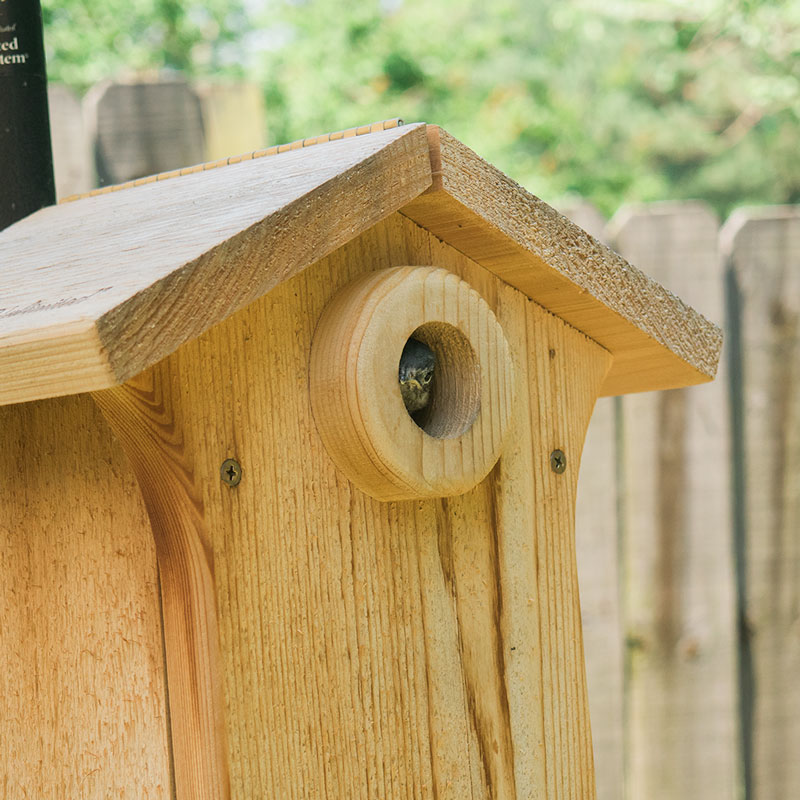
I cried like a little girl watching them take their first flight. You can’t know how amazing it feels to witness something as simple as a baby bird finding courage to leave its nest until you are blessed enough to experience it.
Because I had such beginner’s luck with them, I thought that learning how to help bluebirds would always be fun and easy. Little did I know…
And then it happened.
Things started as the always do in April, and a bluebird family took up residence in the nest box. There were 5 eggs, so a good healthy brood was expected. I live in Zone 8A, and we are generally past the last freeze by the middle of April. In fact, it’s usually warm by the first part of the month. But not always.
This particular year, we had a wicked cold snap that came late in the season. It arrived the night the precious babies were starting to hatch. They don’t have feathers at first, and it’s hard for them to keep warm. I worried for them.
Over the next couple of days, I noticed the activity at the nesting box had stopped, and knew something was wrong. When babies start hatching, momma and daddy bird are very busy coming and going from the next box. All of a sudden, they were nowhere to be found.
I checked the box, and made a grim discovery. There I found two newly hatched babies dead and the three remaining tiny blue eggs laying lifeless, fully in tact. Those little babies froze to death right inside their shells. It was a mournful sight, and I burst into tears finding them that way. It broke my heart. I dug a little grave in my flower garden and gently placed the nest among the marigolds and zinnias. With a soft touch, I left the nest in tact and covered the lifeless babies with their siblings still unhatched in those brilliant indigo eggs together. I prayed they were flying free together in their birdie afterlife.
There weren’t any more Bluebirds in the nesting box that whole season. It was heart wrenching. People think animals don’t have feelings and that we humanize them to make ourselves feel better. But I disagree. Animals grieve and take time to heal from losses just like people. That’s what my beloved Golden told me, anyway.
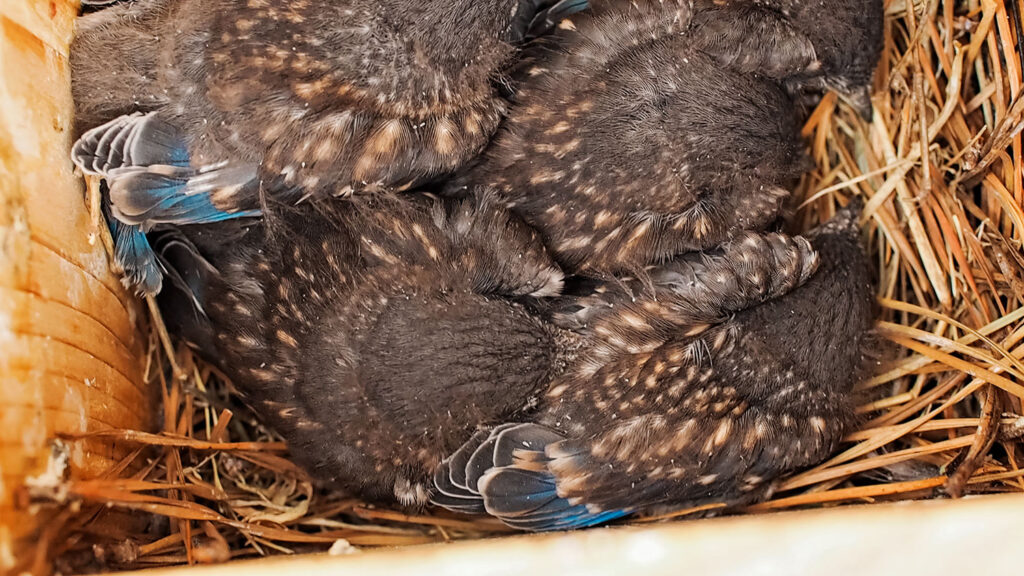
Which leads us to today’s project.
I call this a Bluebird House Warmer. It came about because once again we are having a very wet and chilly April. Night after night, it’s literally dipped to near freezing temperatures, and frankly, with all the goings on in the world right now, I could not handle loosing our baby birds on top of it.
So I rummaged through the large sample bin of knitting projects I have. I have quite a few knitting patterns I’ve published, and quite a few I haven’t. This knit was one sitting there as an unpublished project. Imagine my surprise when I wrapped the bird house and it was a perfect fit!

This is an over sized cowl, and very easy to knit!
You probably have scraps in your stash right now that will work for this project. It wraps all the way around the birdhouse and blocks all the cold air from blowing in.
The main thing is that you do not cover the hole in any way. As long as the birds can come and go like normal, and the knitting doesn’t block the opening, they do not mind their house snuggled in warm woolen knitting.
Side View Back View
The knitting pattern for this project is a very simple K2P2 pattern. You can choose to stripe your project or not. I had mine already striped, so onto the Bluebird House it went!
The project uses size 6 super bulky weight yarn, so it knits up very quickly. If you live a little further north of me or in a higher elevation, you might find your birds need a little help navigating the chilly spring we are having this year.
And while some people might mock me for knitting for birds, I brush off those unkind folks. They clearly have never experienced the joy of seeing baby birds take their first flight or the great sorrow of discovering them frozen to death in the nest built so painstakingly by their parents. Those people simply don’t know what they don’t know.
But I know things.
And I know the reward and joy and that comes in taking a little extra time to work with nature and be a helper when chips are down. And who can fault anyone for wanting to help baby birds stay warm so that they too can emerge, blue feathers glinting on that first flight in the spring sunshine?
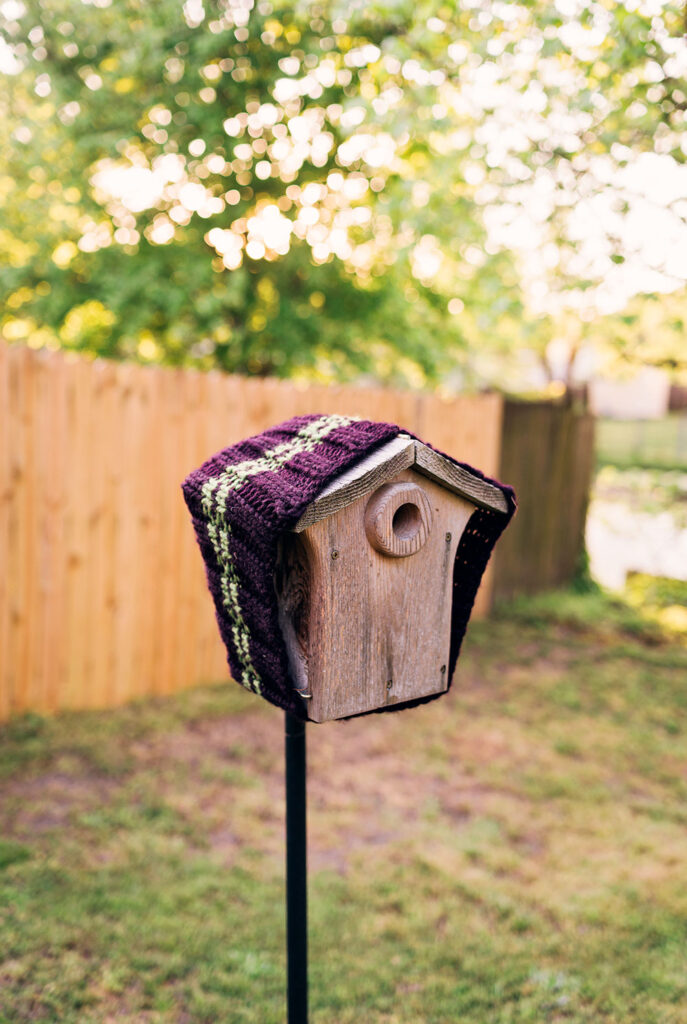
I am happy to report the babies in the current nest are alive and well despite Mother Nature’s best attempt to hold on to winter chill so late in the year. I can hear them crying to their momma and daddy bird as they come and go with the mealworms replenished for them throughout the day. And with their loud cries, I know they are well and healthy and soon they, too, will find the courage to fledge from the nesting box that was their first home.
To receive my free pattern on knitting your own birdhouse warmer, simply click the photo above. I’ve linked to all my video tutorials in case you don’t know how to do something. I do hope you’ve enjoyed this sweet story from my back garden and how you too can help bluebirds.
You might also like:

FAQ
Bluebirds love Mealworms! You can find them live, but they will eat dried mealworms as well. Live mealworms have to be kept in the fridge which is not exactly appetizing, but dried mealworms can be kept at room temperature. I generally buy the sames ones that people feed their chickens.
Bluebirds prefer open areas with low grass and perches from which they can hunt insects. So keep your grass cut and offer perches where they can safely watch the activity.
Bluebirds are generally monogamous. They tend to stay together throughout the breeding season, and may breed together for more than one season, though sometimes birds switch mates during a breeding season to raise a second brood.
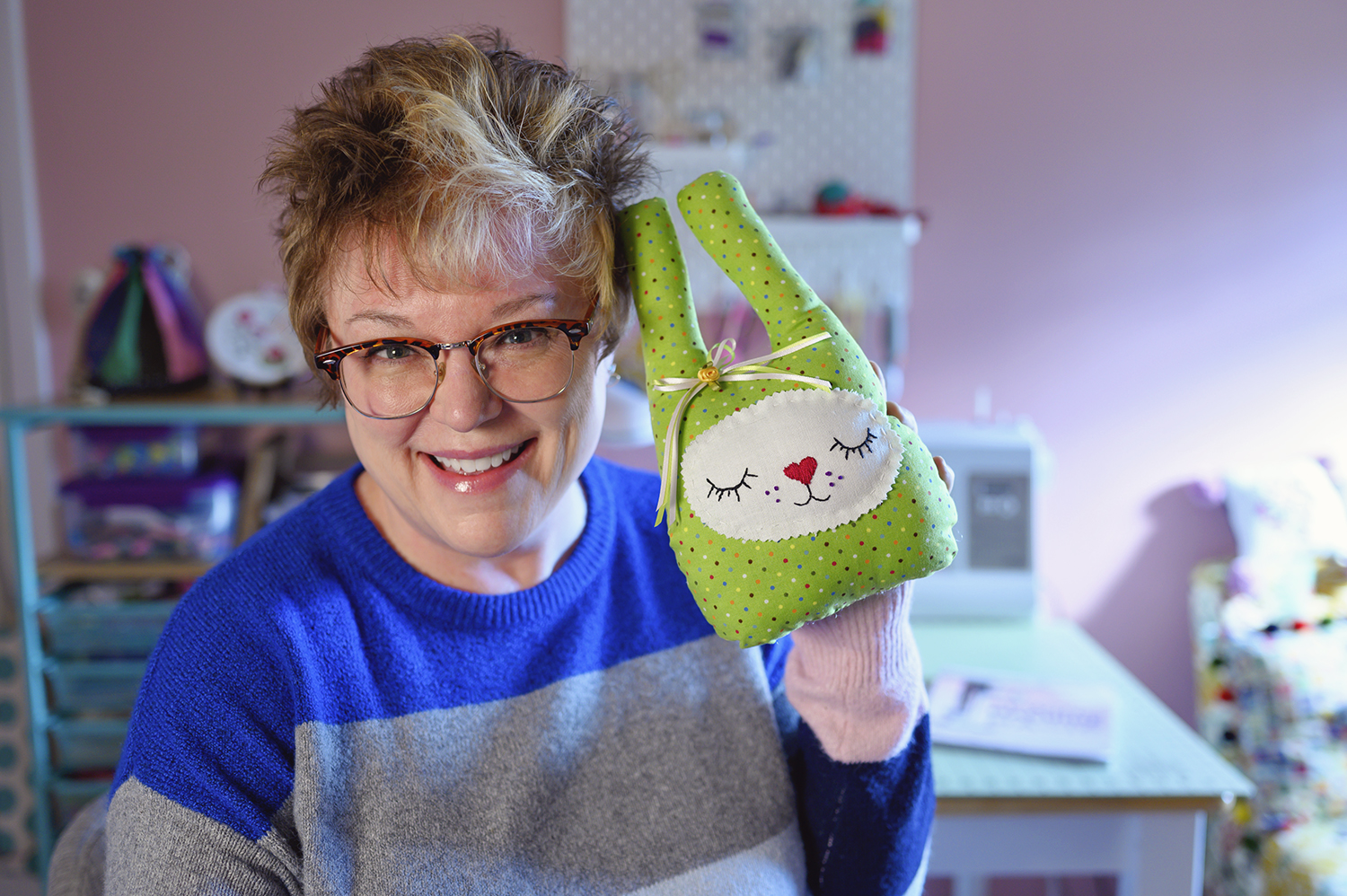
Hi! I’m Pattymac
Sewist, Baker, Maker
I love figuring out new ways to use pom poms, where I can stash more fabric, and I’m always wondering what to bake next…chocolate or lemon? When not dreaming up new things to make (or bake), I love riding my beach cruiser on the Boardwalk, enjoying classic movies, and planting new things in my tiny but mighty container garden.


